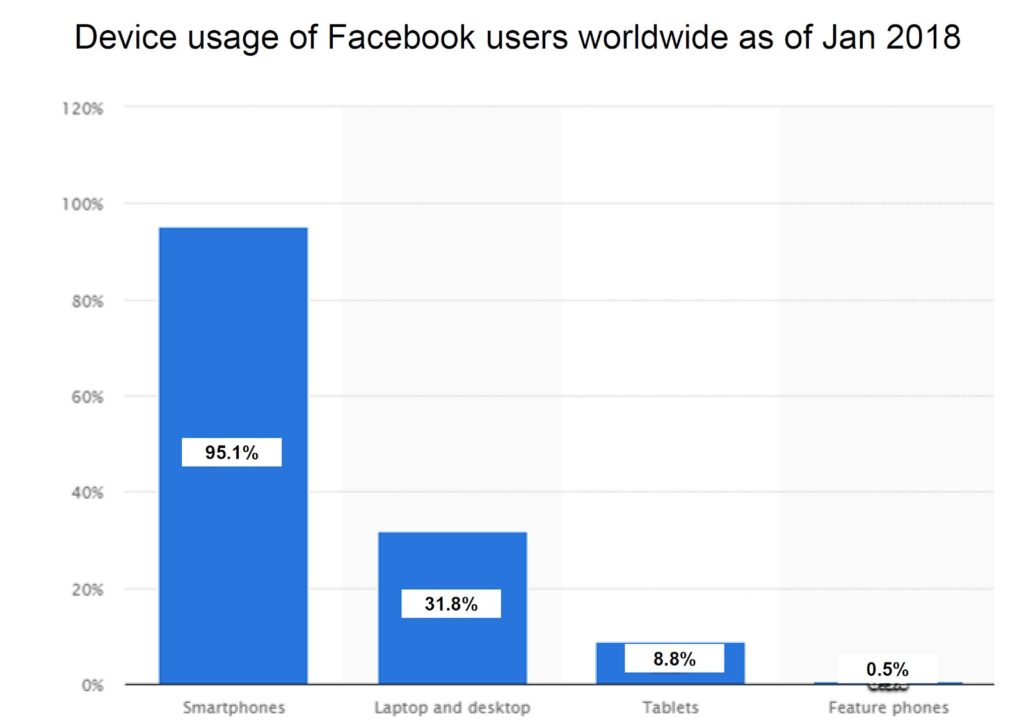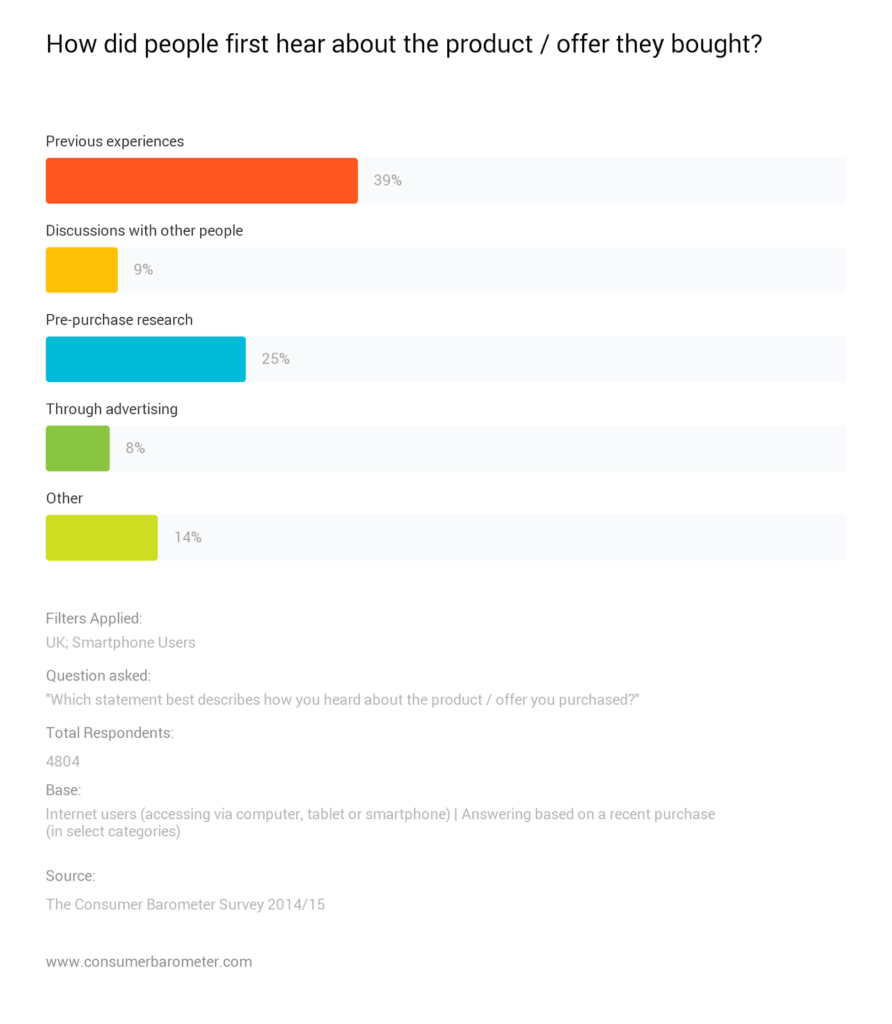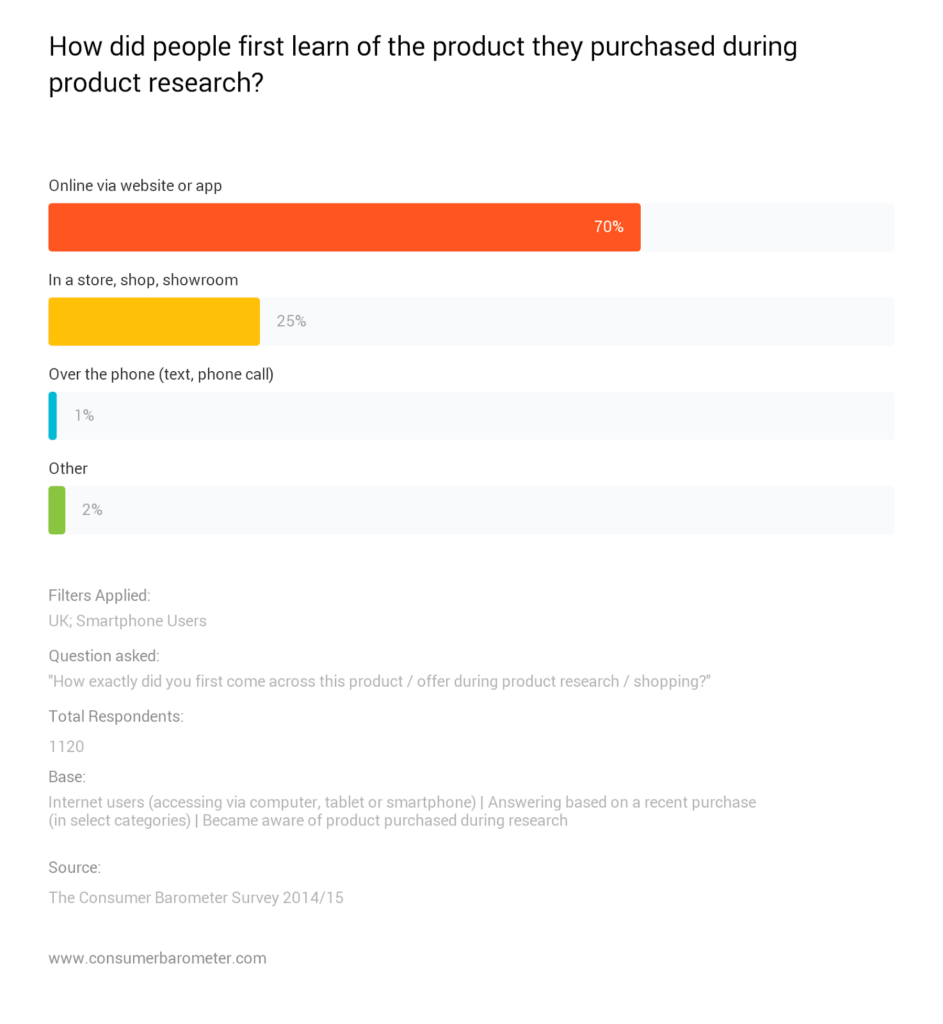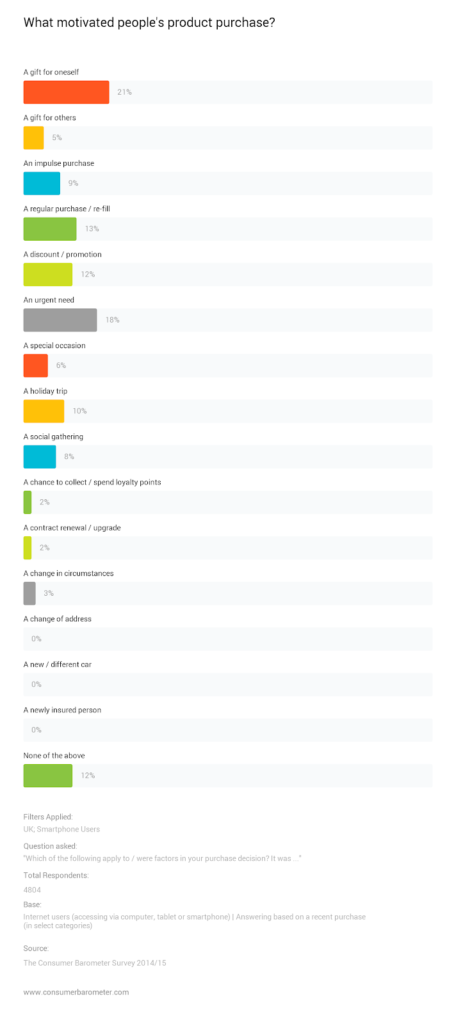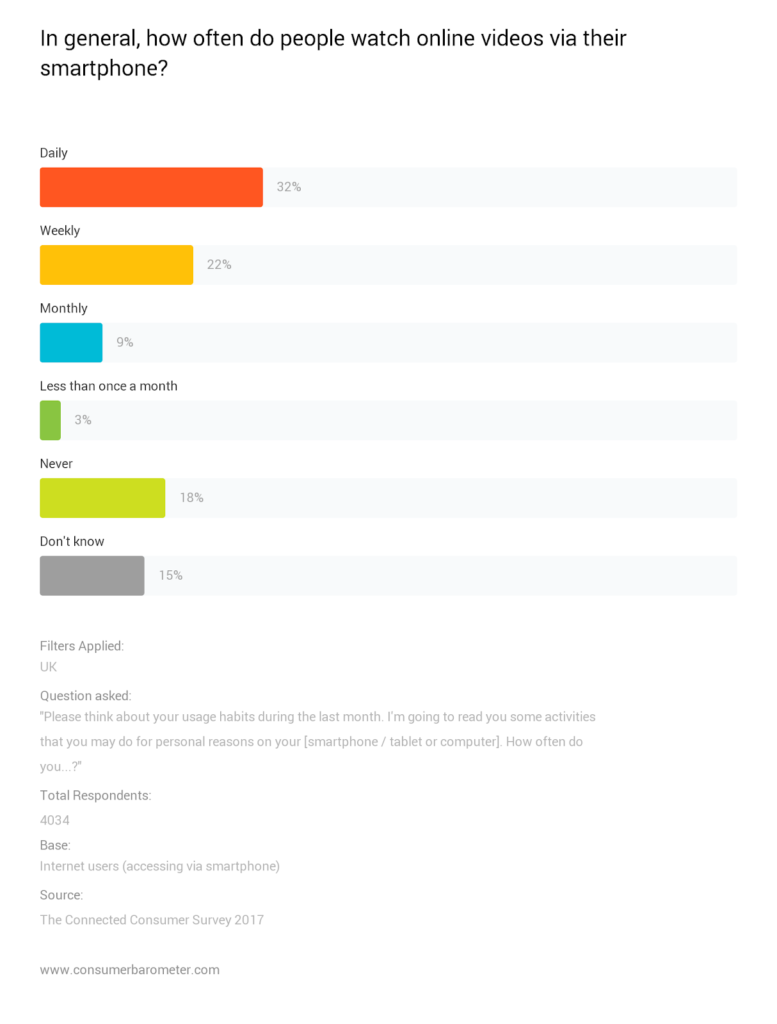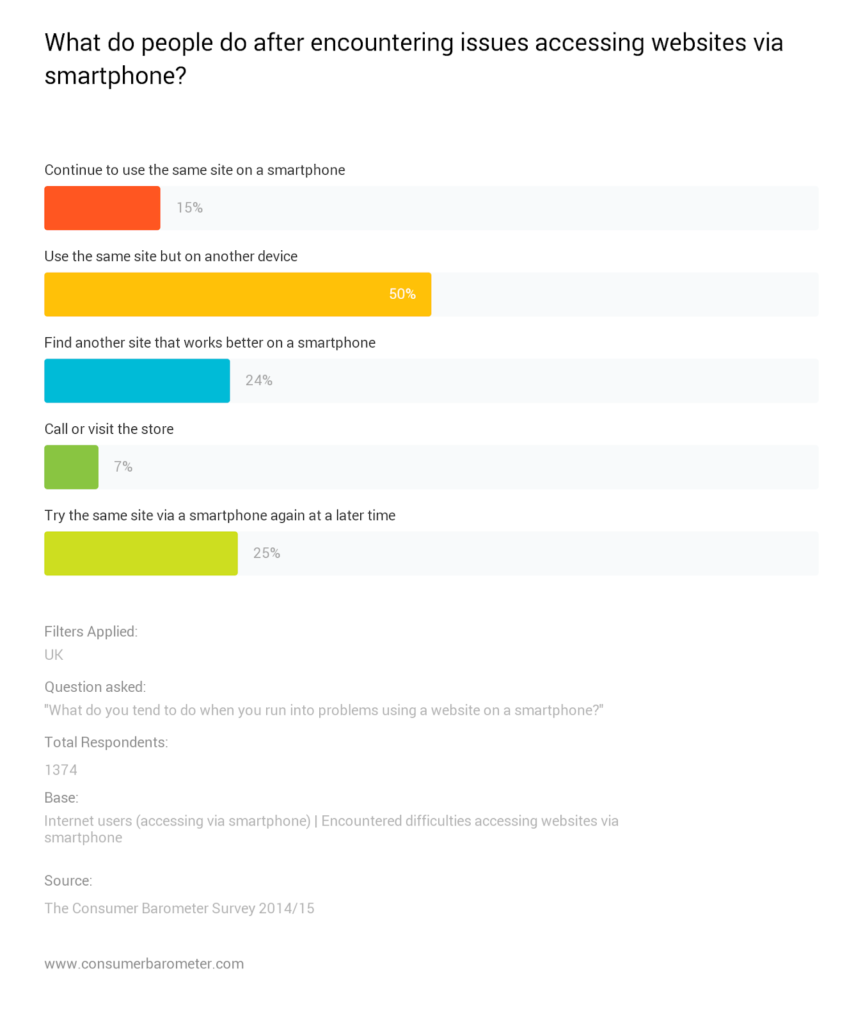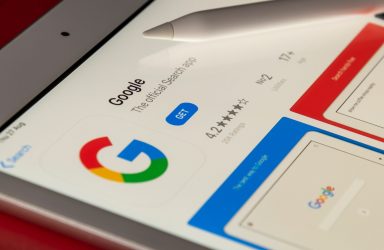Estimated Reading Time [est_time]
2018 has to be the proof that there is no going back! Mobile now exceeds desktop searches, website visits are dominated by mobile traffic, add to that voice search, mobile video consumption and personal assistants such as Siri, Google and Alexa and it is clear to see that the year of mobile is definitely upon us.
The year of mobile has taken a long time to arrive, time and time again I heard promises of “this year is the year of mobile” every year since 2005! The challenge was although mobile phones were getting smarter, and websites more mobile, wifi and connectivity was and still can be a barrier to consumers embracing mobile purchasing.
93% of consumers look at their mobile phone within 1 hour of waking up (this is up on 86% in 2016) and 14% of us check our phones a minimum of 100 times each day (Source:deloitte 2017 study).
The majority of social media is accessed via a mobile device. Facebook sees 95.1% of users worldwide accessing the platform from a smartphone.
Consumers are much more savvy than they used to be at navigating website on a mobile, and finding the checkout. Remember the days before the Burger menu! Now most consumers are completely confident and comfortable with a mobile navigation and even more than that, we expect it!
So how can advertisers and organisations connect with the mobile consumer? First we need to understand how users behave.
Using Google’s Consumer Barometer data, lets take UK Smartphone users and ask how did they first hear about a product or offer they bought?
39% of the respondents said they had previous experiences. That suggests that before buying they had either tested, tried, purchased before or had some kind of exposure to the product.
25% had conducted pre-purchase research and only 8% heard about the product via advertising.
This is interesting for advertisers as consumers may be allocating pull advertising channels such as search ads into pre-purchase research.
When we break this down and ask how they learnt of the product in the research stages, the vast majority responded with online web or app, with only 25% suggesting in store.
So what does this mean and how can it help us reach relevant users? We need to delve even further and understand why they are making purchases.
The top reason motivating smartphone users in the UK to buy is to purchase a gift for themselves! 21% are motivated to buy a gift for themselves and only 5% a gift for others. The second highest influencer is an urgent need for the product with 18%. Closely behind this is repeat or refill purchase and discounted offers.
If we break this down we can understand most smartphone users have had some previous experience of the products they purchase, and this is often down to online research they have done for a product they are purchasing for themselves.
The best digital marketing channels for engaging when a client is in the research phase are:
Video
23% of online videos are viewed in order to learn something new according to Google research. By capturing their attention within this phase of video, viewing can lead to brand awareness and engagement. Create your own branded content or advertise alongside highly relevant content. YouTube is the second largest search engine in the world, people are searching for content to consume, they want ideas, inspiration, interest.
32% of consumers watch video content on their smartphone daily, so this is an excellent channel for opportunity.
Search
As discussed above, people are researching and the number one route to research online is search engines. This opens up the requirement for organic and paid search. Organic being slower out the blocks but with great potential returns for the long term, and paid search being a more instant controllable channel for engagement.
Within the search engine space you can then break this down into further research phases:
- Keyword search
- Product search
- Location search
However remember, we are talking about mobile consumers. So what differs between mobile and desktop or tablet search?
1. Conversion to sale
Currently mobiles often convert at a lower conversion rate. This is due to multiple factors; confidence in purchasing online, time and location – often searches are done to pass time while waiting for something, hence it may be an ideal time to search but not to commit to purchase! Connectivity – if you are on a train you may be less confident a purchase will go through with a weak mobile signal or wifi dropping out every few minutes.
2. Search terms
We have seen from client data that 67% of click traffic comes from one word search queries on mobile compared to 16% on desktop. Although this doesn’t mean mobile users are only using one word searches, it does suggest that the terms they are searching are slightly different. Voice search is helping this shift as more people become comfortable talking into their phone rather than typing.
We have also seen increases in CTR when mobile has specific ads created. Shorter, punchier ads on mobile tend to get better CTR’s, whereas desktop ads can benefit from being longer and more descriptive.
3. Website performance
We know users have no time for slow websites. Due to connectivity issues or badly built mobile or responsive websites, users leave the site. But it is interesting to learn what they do next. 50% will return to the site via another device.
This makes it crucial to have a joined up cross device approach.
In conclusion, mobile is here and it is staying. Based on this we need to adapt the way we are engaging and trying to convert consumers to customers. It is more important than ever to make your website as functional as possible on a mobile device so that those looking to purchase can. Even with that in place people will still not always be in a position to purchase via a phone, so make sure you have an alternative option, encourage them to return to the site on a desktop device.
